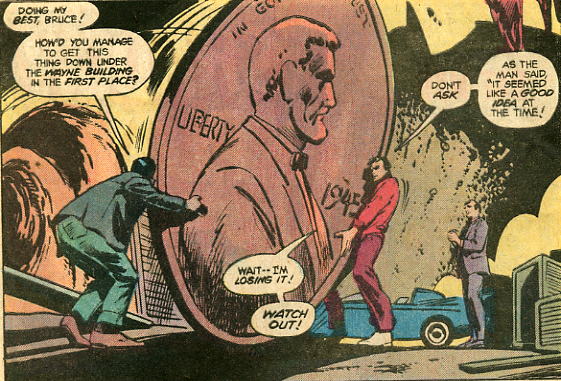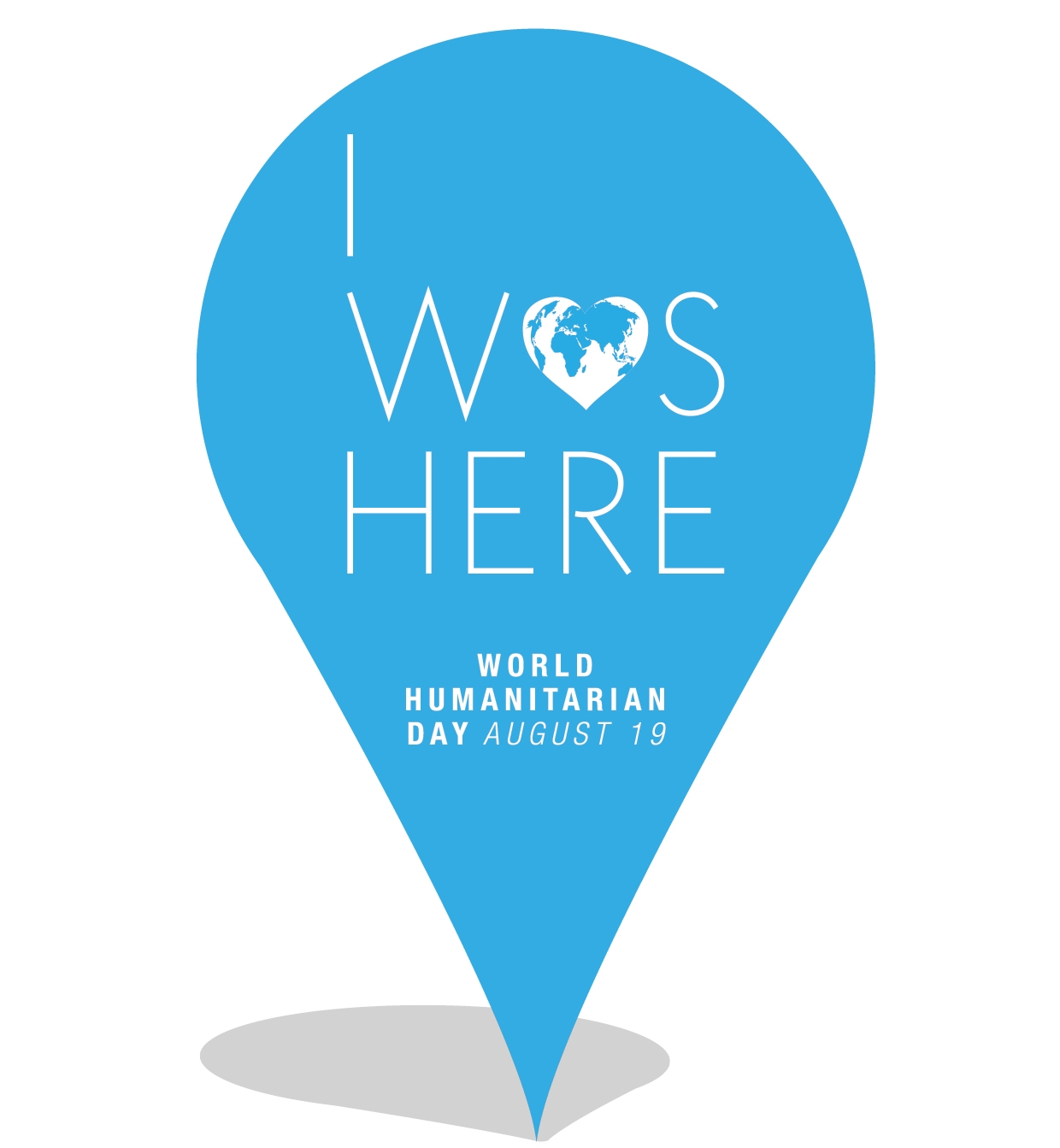“Economists like to argue that money belongs in the same class as the wheel and the inclined plane among ancient inventions of great social utility. Price stability allows the invention to work with minimal friction.”
We have already seen how Bitcoin can work quite well as a medium of exchange or as a store of value without being itself a unit of account; such function is fulfilled quite nicely by stable fiat money. In an insightful 1996 article titled: “Money is Memory” by Narayana Kocherlakota (who is now the current president of Federal Reserve Bank of Minneapolis), money is viewed as playing the role of memory in keeping track of past exchanges in human society. In fact, the argument presented in the paper foreshadows the arrival of block-chained public ledger based digital currencies such as Bitcoin in 2009. But the story of money as community memory had begun much earlier.
Stone Money on the South Pacific Island of Yap.
Moving the Giant Penny: It seemed a good idea at the time... (Source: DC Comics).
The story took us to a tiny island in the South Pacific Ocean known as the Island of Yap. There is no gold or silver on Yap. But hundreds of years ago, explorers from Yap found limestone quarries in surrounding islands hundreds of miles away. They carved out enormous donut-shaped stone discs up to twelve feet in diameter, and with great effort sailed these stone discs back across the sea in canoes and on rafts.
Nobody knows if these stone discs started out as money. But at some point the Yap islanders realized what most societies realize: they need something valuable that everyone on the island agrees can be used to pay for stuff. And the Yap islanders decided that these beautiful and precious stone discs, mined and carved with great care and transported hundreds of miles across the sea with great effort, would be money.
A piece of stone money was highly valuable, and really heavy. One wouldn’t use it for everyday transactions. Stone money was for something significant – a daughter’s dowry or livestock, for example. Stone money is a good store of value and could be traded in a jiffy to tide a family over hard times. When the time came for a significant trade, the stone disc changed hands according to island protocol. How it worked was that the two parties in the transaction loudly and publicly declared that this particular stone disc here was now property of so-and-so, and then left the stone disc right where it was. The stone disc remained unmoved, but everyone on the island knew the stone disc now has a new owner. In other words, a transaction history of the stone disc was kept alive in the collective memory of the Yap islanders.
What’s most interesting is the fact that a stone disc does not even need to be on the island to count as money. Many generations ago, according to the island’s oral tradition, the ancestor of a wealthy family on the island was bringing back an enormous stone disc on a raft to be towed homeward when a storm hit. The expedition party, to save their lives, was obliged to cut the raft adrift, and the stone sank out of sight. When they returned back home, the crew members all testified that the stone disc was of magnificent proportions and extraordinary quality, and that it was lost to the sea through no fault of the owner. Thereupon it was universally agreed that the mere accident of its sinking to the bottom of the ocean ought not to affect the stone's marketable value, since it was all chipped out in proper form. The stone’s purchasing power remains unquestioned for generations, even though no one on the island has seen it for over a hundred years, as valid as if it were leaning visibly against the side of the owner’s family hut.
The story of stone money attests to the power of simple trust, enduring faith, and community memory. After all, money is just paper and metal, or even stone – what is truly interesting is why and how people choose to earn it, save it, give it away, or exchange it for other things, the retelling of which recalls a trail of memory in the all-too-human network of gifts and exchanges, accompanied by a quiet whisper that says: “I was here.”
“... any technological advantages offered by money are also offered by an alternative technology: memory. Moreover, in at least some environments, memory may technologically dominate money. Money may only be an imperfect substitute for high quality information storage and access. … the government’s monopoly on seignorage might be in some jeopardy as information access and storage costs decline.”
References:
- Friedman, Milton (1991, February). The Island of Stone Money. The Hoover Institution, Working Papers in Economics E-91-3. Retrieved from: http://hoohila.stanford.edu/workingpapers/getWorkingPaper.php?filename=E-91-3.pdf
- Irwin, Neil (2013, April 12). Bitcoin is ludicrous, but it tells us something important about the nature of money. Wonkblog, The Washington Post. Retrieved from: http://www.washingtonpost.com/blogs/wonkblog/wp/2013/04/12/bitcoin-is-ludicrous-but-it-tells-us-something-important-about-the-nature-of-money/
- Krugman, Paul (2013, April 12). Adam Smith Hates Bitcoin. The Opinion Pages, New York Times. Retrieved from: http://krugman.blogs.nytimes.com/2013/04/12/adam-smith-hates-bitcoin/
- Kocherlakota, Narayana (1996, October). Money is Memory. Federal Reserve Bank of Minneapolis, Research Department Staff Report 218. Retrieved from: https://www.minneapolisfed.org/research/sr/sr218.pdf
Nakamoto, Satoshi (2009). Bitcoin: A Peer-to-Peer Electronic Cash System. Retrieved from: https://bitcoin.org/bitcoin.pdf




